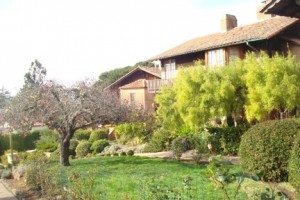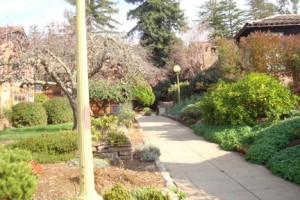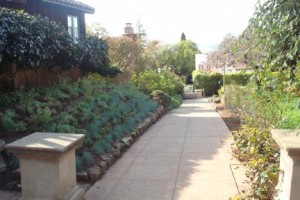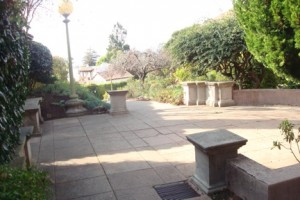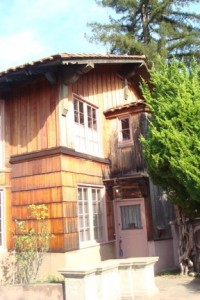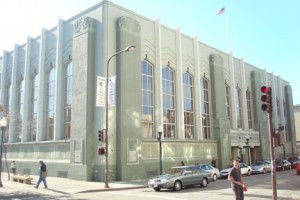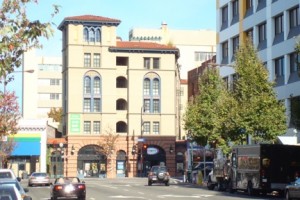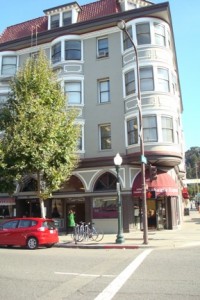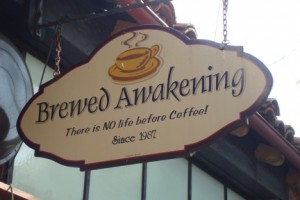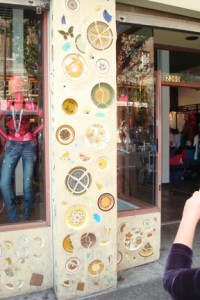Right Sizing Detroit
Detroit has ambitious plans to demolish up to 10,000 vacant and derelict structures this year, most of them likely to be homes. This represents about 1/10 of the estimated 90,000 such structures in Detroit. One of the more notable homes to be torn down is the historic home that used to be the boyhood home of Mitt Romney. Ironically, it is located in a posh neighborhood. From pictures I have seen, it looks like it was undergoing a serious remodeling that was simply abandoned some time ago. This has a few people up in arms simply because of its historic nature. Of course, Detroit has far bigger problems than this one house, but it does have some magnificent homes, both in good condition, and those abandoned.
Detroit is one of those cities that is getting serious about trying to match the physical size of the city with that actual population. Long term plans for the abandoned areas arn’t known yet. Detroits mayor has been quoted as saying as large portions of the city will need to be rebuilt from the ground up when the time comes. I believe it, if streets aren’t used, much less maintained, they fall apart pretty fast. Then there is the water, sewer, and other utilities that decay rapidly, particularly in a humid and wet location such as Detroit. Some areas will be used for urban farms, but I suspect mother nature and forests will take over other areas.
With the current economic crisis compounding the problem, approximately 30% of Detroit’s housing stock is sitting vacant. That is a staggering number. Before the economic upheaval, there was already significant rebuilding and redevelopment going on, working from the downtown area outwards. That has now stalled, but that concept is hardly unique to Detroit.
I find urban decay as fascinating as development and construction. Maybe even more so, watching how fast the built environment can disintegrate when abandoned. What do you all think?
